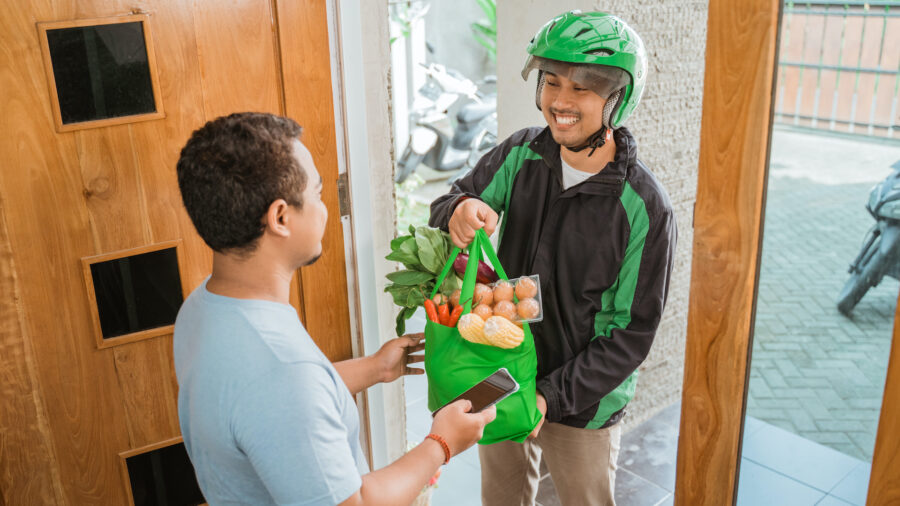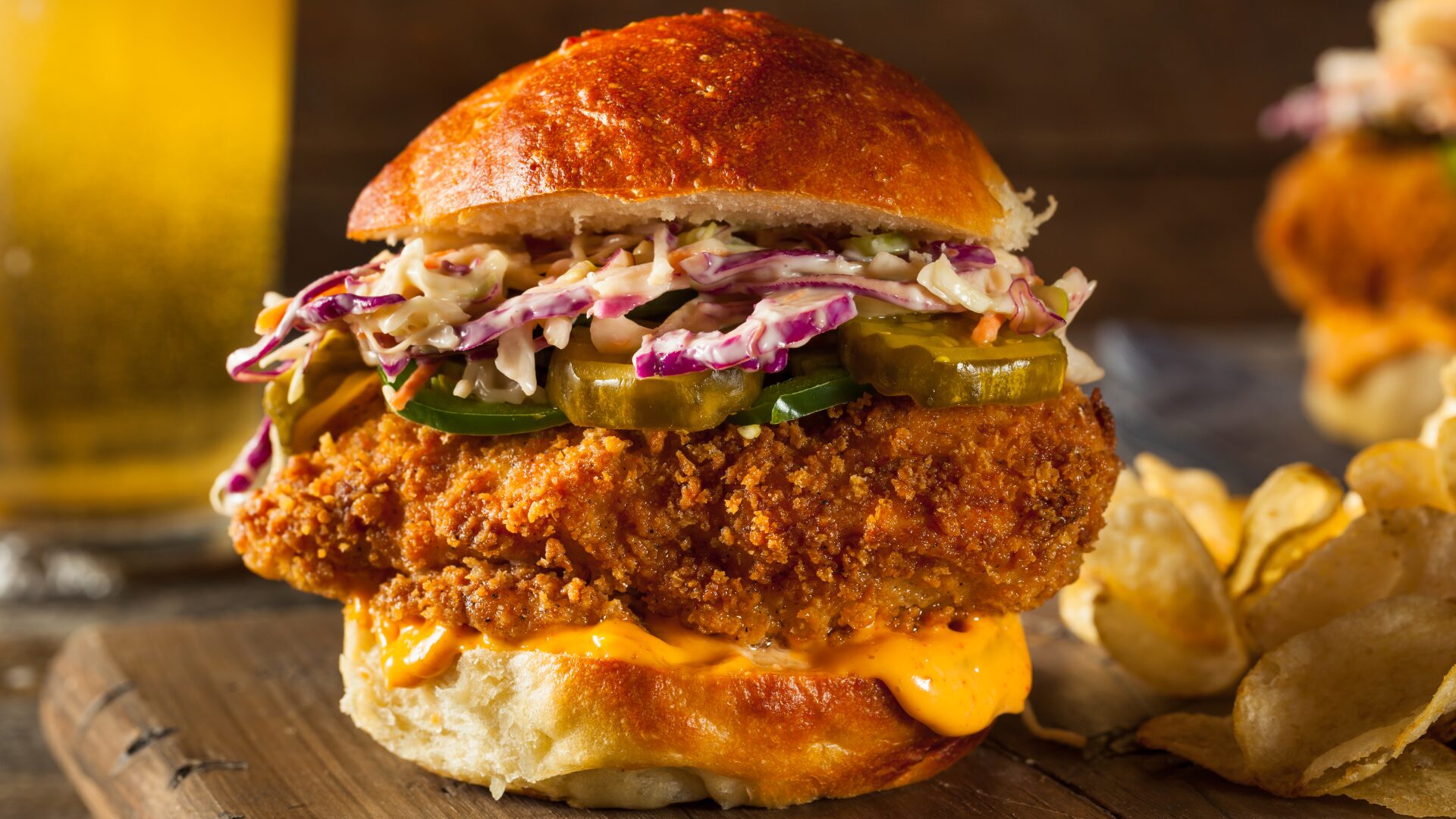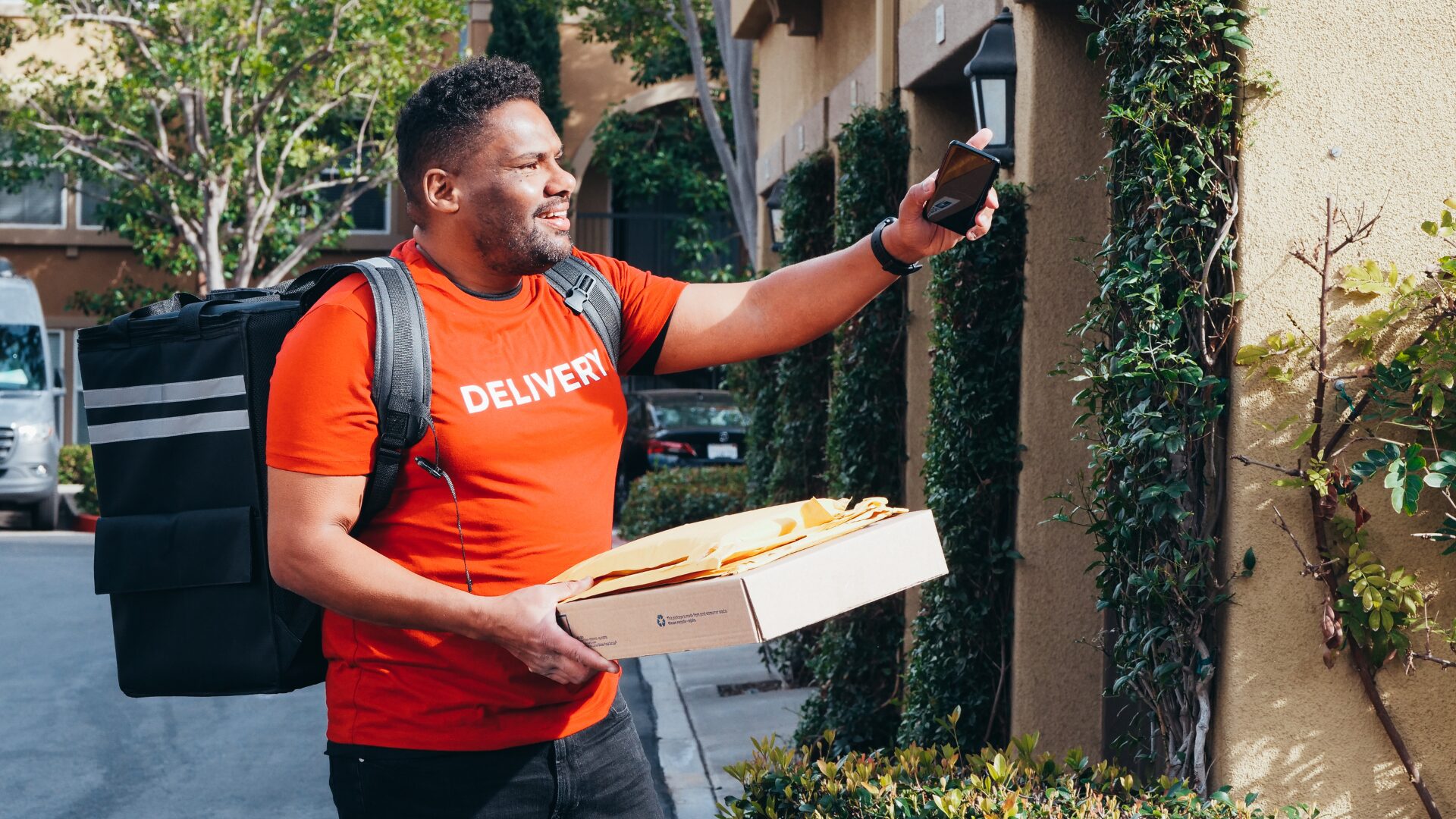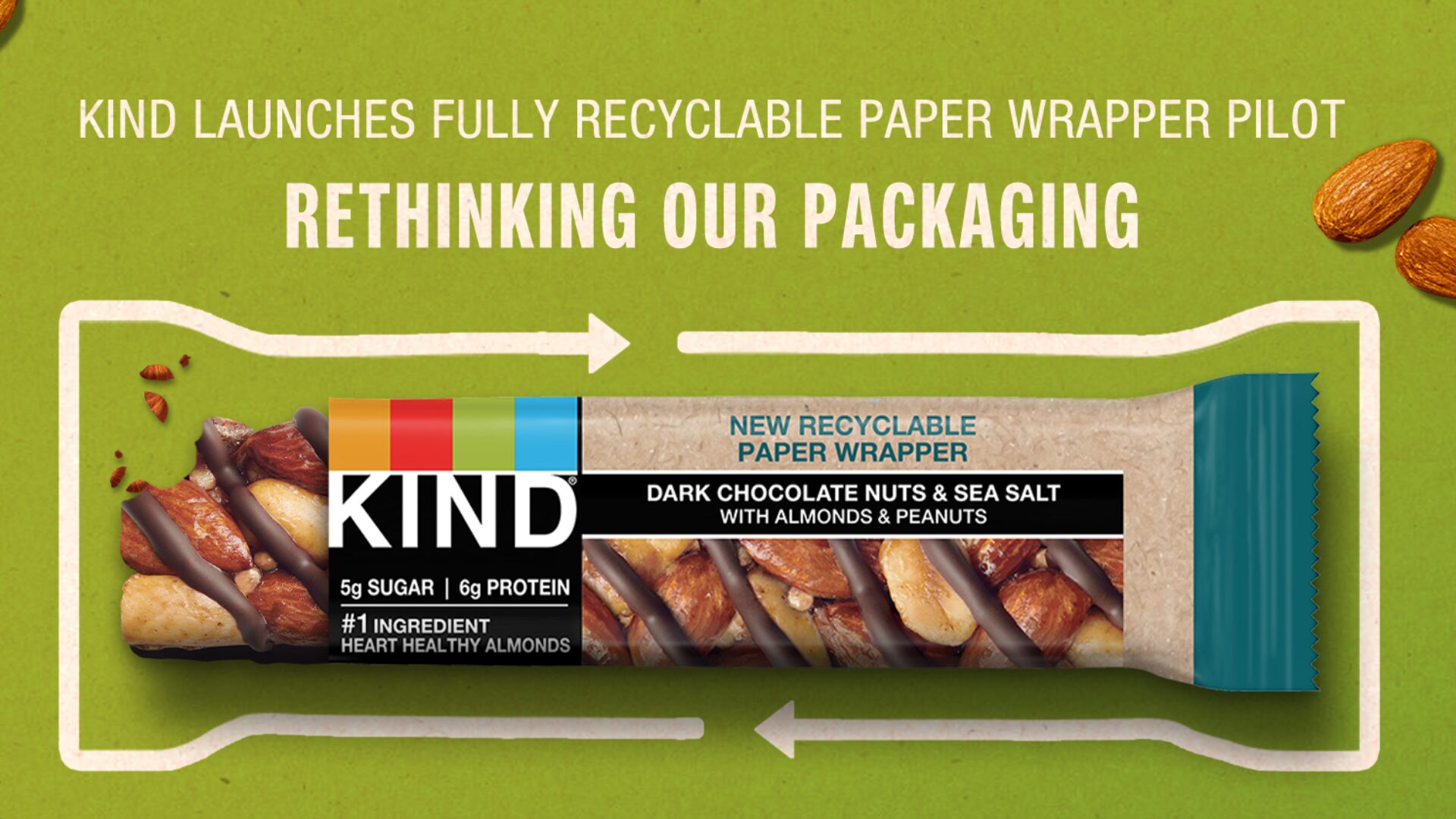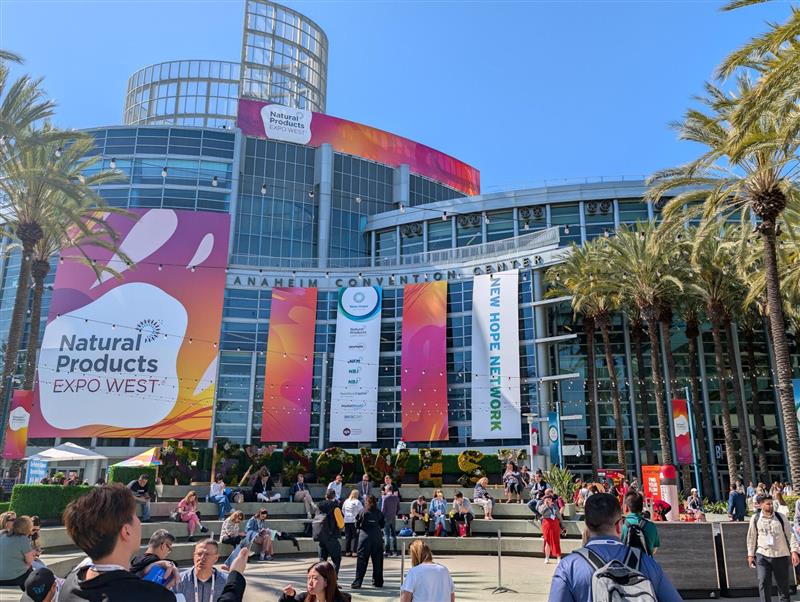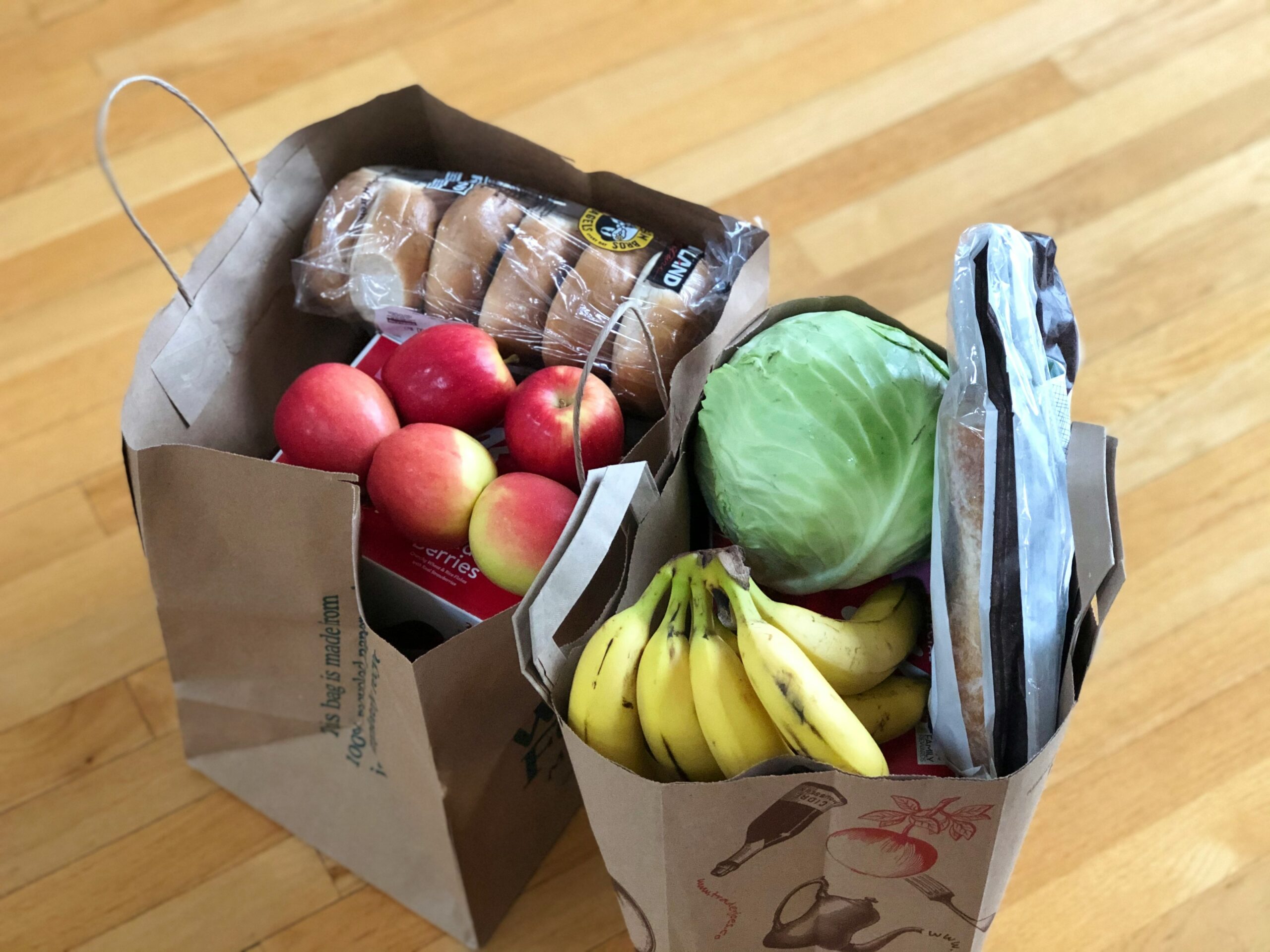Sustainability is of growing importance to many consumers — a survey by Descartes found 45% of respondents say that helping the environment is either quite or very important in their daily life.
Interest in sustainability is particularly important when it comes to grocery delivery, where 52% of consumers will choose store pickup over home delivery if they feel it will help the environment. The right approach to last mile can boost the bottom line and, in theory, help save the world at the same time.
Retailers are familiar with the concept of multiple buyer personas, such as some who always seek the cheapest delivery option, or those who will pay a premium for expediency. While each persona has different demands, offering choice can help retailers meet their needs while making it easier while also saving grocers money, according to Chris Jones, VP of Industry & Services at Descartes.
“Across all those different personas, every one can have an eco-friendly twist to them,” Jones said. “As we saw in the study, grocery was the number one concern in terms of environmental friendliness for home delivery. You can now say to them, ‘Hey, these are ways we help improve it,’ and let them self-select, and that’s the aha moment, because then what happens is when they self-select, they’re happy.
“The environment is going to be better, and by the way, those are lower distribution costs deliveries.”
HOW THE ENVIRONMENT IS AIDED
An environmentally friendly last-mile program focuses on a slower pace of orders and denser deliveries, which can help grocers optimize routes, reduce the total number of trips, and reduce the miles per delivery, according to Jones.
Those tactics reduce the cost of delivery for the retailer, but the key to making the most of this opportunity is calling out these environmentally friendly techniques in language that appeals to shoppers – Descartes’ study found that 54% of consumers are willing to accept longer lead times for an environmentally-friendly delivery.
Jones expects shoppers to become interested in any given delivery’s carbon footprint in the future. There are already tools for measuring this, and while grocers don’t need to give their customers the nitty-gritty details, they can benefit by putting easily digested numbers next to each option, for example noting that choosing next Wednesday instead of tomorrow will reduce the carbon footprint by 40%. This is another area where choice plays an important role, as customers will tend to feel good about making an environmentally sound decision.
THE NECESSARY ELEMENTS
Grocers don’t need to dive into the deep end immediately, according to Jones. Simply providing basic information, such as framing your densest delivery windows as the most environmentally friendly, can help grocers save money while pleasing many customers.
“You don’t have to do it all right up front,” said Jones. “We have some customers doing some pretty amazing things that are actually easier to do today than where we were a number of years ago, just based on everything we’ve learned in the market. You could go right to things like dynamic steering and eco-friendly delivery options where you can present grocery consumers with literally a calendar for the week that says, ‘Hey, you wanted our time windows. Here’s the five places where they’re more eco-friendly than the rest of them.’”


